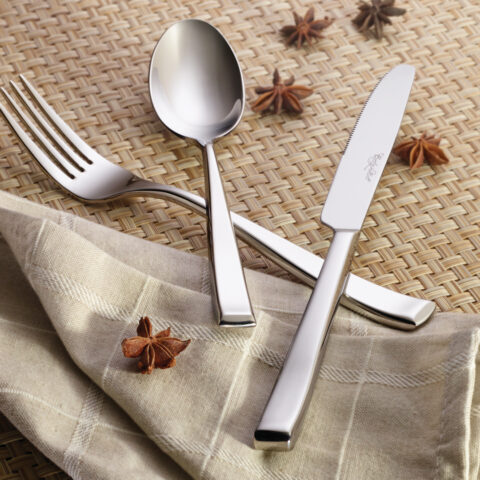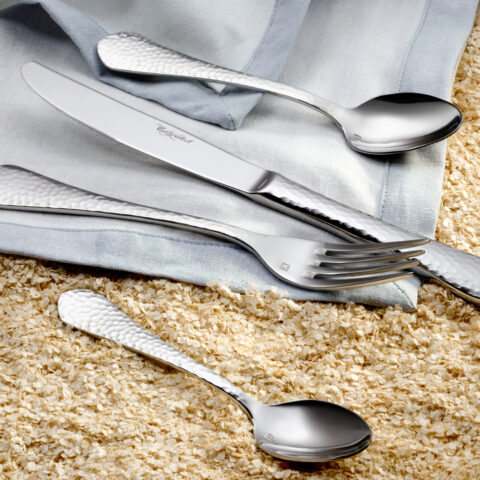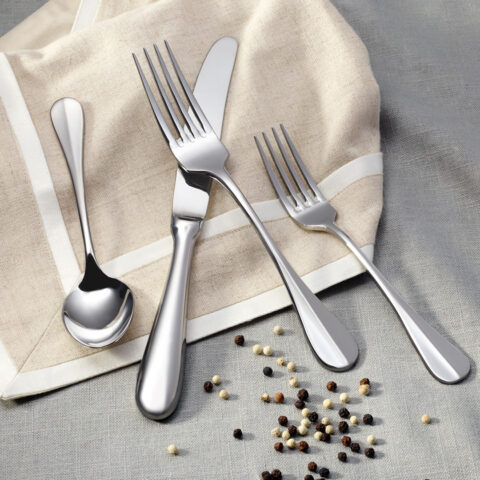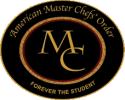The hospitality industry is no holiday for those who work in it. Commercial kitchens are hectic and physically demanding, requiring chefs and serving staff to push through aches, pains, and musculoskeletal discomfort to serve restaurant patrons hot, high-quality food with poise and professionalism.
But those late nights and long hours take their toll. Studies reveal that millions of dollars are spent each year paying for muscle, joint, tendon, ligament, and nerve injuries to kitchen staff.
You can sidestep workplace injuries and provide a better commercial kitchen environment by applying the principles of ergonomic design. In this blog, we’ll show you how. Let’s get started.
What is commercial kitchen ergonomics?
Ergonomics is the study of how a workplace supports employees in performing their job roles. A workplace built on ergonomic principles is designed to support the needs of the employee, rather than the employee working around the workplace’s existing framework.
In an ergonomic kitchen, everything from cooking equipment storage to food preparation areas are designed to be comfortable and convenient places to work.
The role of ergonomics in flatware design
You may be surprised to find that ergonomic considerations extend to your flatware, too. From the handle shape to the sharpness of tines and serration, your kitchen’s cutlery is an important part of an ergonomic commercial kitchen layout.
Not only will your patrons prefer a thoughtfully-chosen flatware set for dining, ergonomic cutlery is easier for chefs and wait staff to use, too. It can even help you meet health and safety standards with fewer dropped utensils and lower risk of cuts.
We’ve provided examples of ergonomic flatware below. >Skip to flatware examples<
Handle shape
First and foremost, choosing a handle shape that sits naturally and comfortably in the hand is essential. Handles should never have sharp edges that dig into the palm. Instead, look for handles with curves or rounded edges where the cutlery meets the palm.
It’s also important that the handles are large enough to grasp safely – especially for older diners. Conditions like arthritis can make it hard for some guests to securely hold dainty or small-boned cutlery. Choosing a commercial flatware collection with a heartier handle will create a safe, comfortable dining experience, encouraging diners to return time after time.
Sharpness
High-quality flatware features high-quality serration. Importantly, it will retain that serration even after years of washing and use.
Dull knives are among the most dangerous kitchen tools. To cut with a dull knife, the guest or kitchen staff must use additional pressure. When unnatural pressure is applied, there’s a greater risk of slipping and cutting fingers rather than food.
Finish
Poor-quality flatware will lose its finish after a few months in the commercial dishwasher. But superior flatware pieces will keep their finish for years, never flaking and always looking fantastic.
A lasting finish supports ergonomic design principles, making it easy for wait staff to present a beautifully laid table without scrambling for cutlery that passes muster. And flatware made of easy-to-clean materials with a good finish help keep your kitchen bacteria-free and safer for diners.
Weight
The weight of your flatware contributes to its ergonomic design, too. Heavy – but not too heavy – is the general rule of thumb. Flatware that’s heavy enough to sit firmly in the hand feels nicer to hold and is safer to handle. Cheaper, lighter flatware creates a less reliable grasp.
Plus, heavier cutlery is less likely to fall from plates as they’re removed to the kitchen, making bussing tables easier.
Common ergonomic issues faced by chefs
Commercial kitchens are famously uncomfortable places. A chef will stand at their cooking station for hours in static positions, often reaching or leaning over to prepare food or grab utensils. Awkward body postures can easily lead to strained muscles or ligaments, which can develop into chronic pain conditions over time.
Chefs are often under time pressure, too, which can lead to injury. Moving fast leaves less time for carefulness, and if cooking equipment is stored in hard-to-reach locations, there’s a higher likelihood that something will fall, break, or land on a staff member.
How to improve kitchen comfort and functionality
It’s not too late to start improving your commercial kitchen design and minimizing the risk of workplace injuries. These tips are a great place to start.
Study the kitchen layout and traffic flow
Watch your staff closely to see whether your commercial kitchen layout serves your health and safety goals. Ask yourself:
- Do staff make unnecessary trips to awkward locations?
- Are staff required to reach too far or too high to get tools and supplies?
- Are food preparation areas laid out with ease-of-use in mind?
- Does the chef have room to move freely and comfortably during the food production process?
Your current kitchen layout may have created dead corners or tight spaces that are difficult for staff to work in. Explore ways you can rearrange your kitchen to flow better. You can find inspiration for thoughtful commercial kitchen layouts here.
Make food prep areas more comfortable
As chefs prepare food, they should have everything they need within easy reach. Utensils should be organized by use and kept in clearly labeled bins or drawers. Storage should be safe, too, so that chefs can grab the handle rather than the blade when reaching for a knife or other sharp tool.
Slip-resistant surfaces make your commercial kitchen safer, and they’re not just for the food preparation areas. Use slip-resistant flooring throughout the kitchen. Not only will it reduce the likelihood of someone slipping, but it’s usually designed to make long periods of standing more comfortable for staff.
Employ ergonomics in every corner
Consider ergonomic design in every corner of your commercial kitchen. From top shelves where supplies are stored to bottom cabinets that require staff to bend, reach, and pull, there’s always an opportunity to improve the design.
Ergonomic storage solutions use clear plastic and bold labels so staff can see the items they’re searching for. Never place heavy or oversized storage bins above head height – reserve the lower shelves for heavy, bulky items.
Consider adding easy-access features like pull-out drawers to your commercial kitchen space. Drawers are a safer way to store everything from weighty pots and pans to delicate teaspoons. You can customize your drawers to create space for big tools or include divisions for smaller items like cutlery and utensils.
Buy better commercial kitchen equipment
Commercial kitchens work hard, and your equipment should, too. Consider investing in energy-efficient appliances with work-reducing features, like a dishwasher with a pre-soak cycle.
High-quality equipment—from mixing bowls to pastry brushes—lasts longer and is less likely to break. It can handle drops and dishwashing better and will last longer without cracking or chipping.
Plus, good-quality commercial kitchen equipment is usually ergonomically designed. But it’s always best to try a piece before you buy to make sure it’ll work well in your kitchen and be comfortable for your staff to use.
Ergonomic flatware options from Corby Hall
You can find stunning, safe-to-use flatware options from Corby Hall. We design cutlery with style that suits your restaurant’s concept and ergonomic design that meets your health and safety standards.
You can explore all of our flatware collections or take a look at these gorgeously ergonomic designs:
Oslo
The Oslo collection proves that a modern flatware design needn’t be uncomfortable. Oslo’s squared corners are slightly rounded for a crisp, clean look that’s a joy to hold.

York
The York collection features a textured handle that adds interest and improved grip to this timeless design.

Baguette
In the Baguette collection, you’ll find a testament to form and functionality with its attractive symmetry and comfortable rounded handle. It’s hard to argue with a classic!

Talk to the team at Corby Hall about your ergonomic commercial flatware needs, or request a copy of our brochure. Complete the contact form, and a team member will reply shortly.



